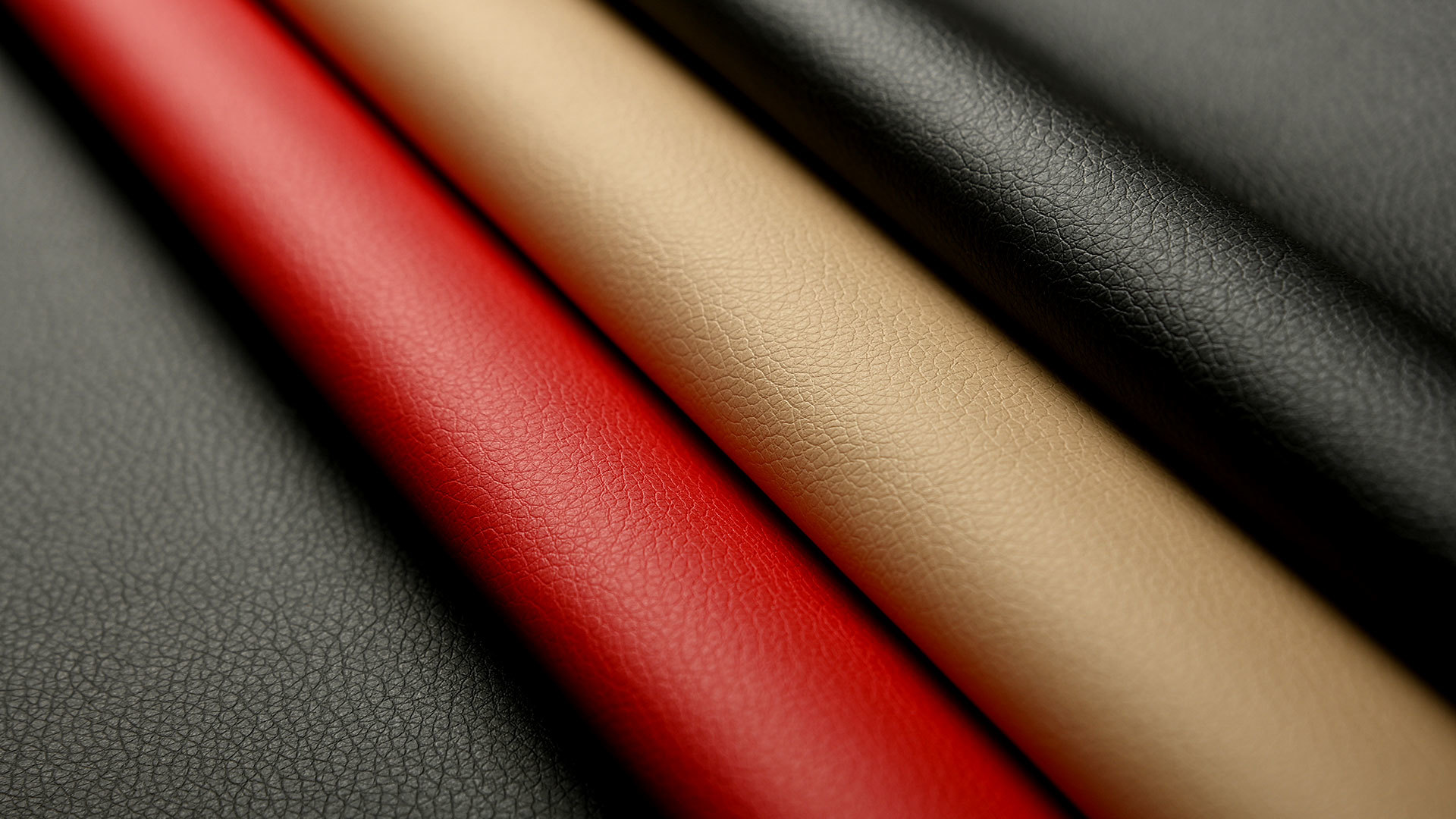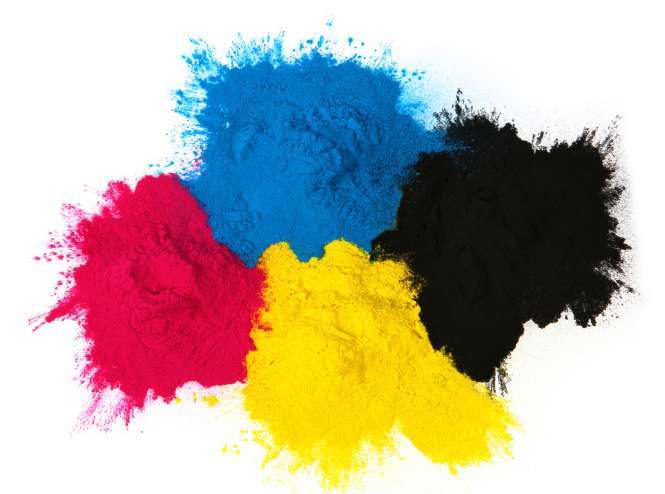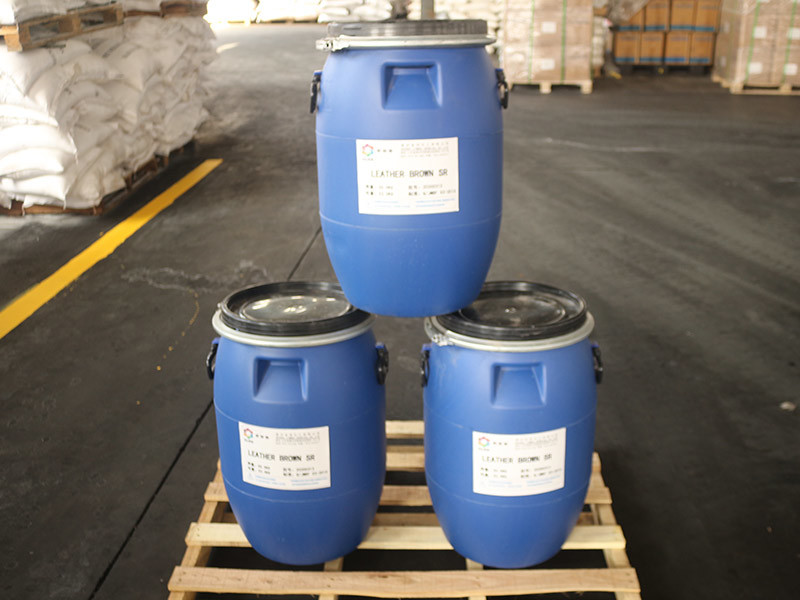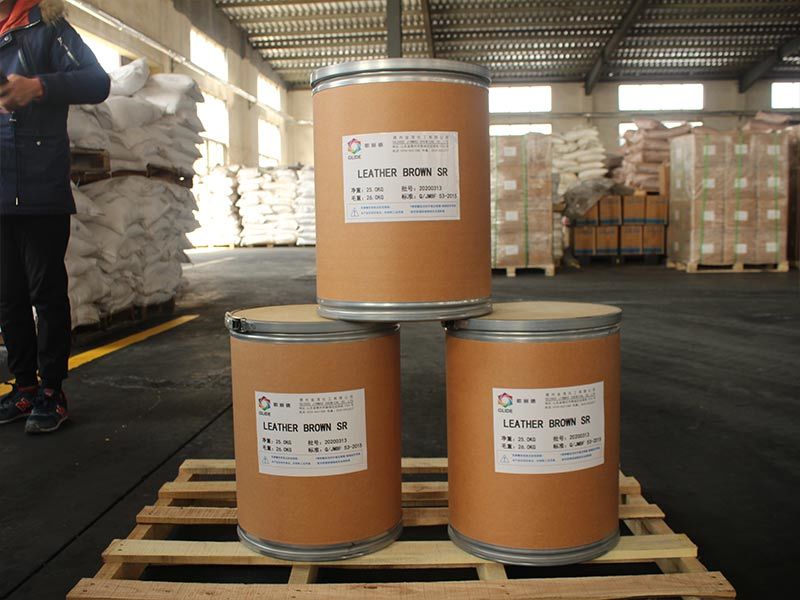There are several types of medical disinfectants, each with specific uses: 1. **Alcohol-based disinfectants**: These typically contain isopropyl alcohol or ethanol and are effective against a wide range of bacteria and viruses. They are commonly used for hand sanitization and disinfecting surfaces. 2. **Chlorine-based disinfectants**: These include bleach solutions and are effective against bacteria, viruses, and fungi. They are often used for disinfecting surfaces in healthcare settings and for sterilizing medical equipment. 3. **Quaternary ammonium compounds (quats)**: These are used for disinfecting surfaces and equipment. They are effective against bacteria and some viruses but may not be as effective against spores. 4. **Hydrogen peroxide**: This is a strong oxidizing agent that can kill bacteria, viruses, and fungi. It is used for disinfecting surfaces and can also be used in some medical procedures. 5. **Phenolic compounds**: These are used for disinfecting surfaces in healthcare settings. They are effective against a wide range of pathogens but can be toxic if not used properly. 6. **Iodine-based disinfectants**: These are used for skin disinfection before surgical procedures and for disinfecting surfaces. They are effective against bacteria, viruses, and fungi. Each type of disinfectant has its own specific applications and effectiveness, and the choice of disinfectant depends on the type of pathogens being targeted and the surfaces being treated.
What types of medical disinfectants are there?
1. Hydrogen Peroxide
Hydrogen peroxide is a common medical disinfectant that can eliminate bacteria on surfaces by disinfecting wounds and food. It is suitable for environmental disinfection, chemical production, and deodorization. It should be stored in a cool place, away from light, at room temperature; otherwise, a chemical reaction may occur.
2. Iodine Tincture
Iodine tincture, also known as iodine alcohol, is a mixture of iodine and alcohol in a free state. Its disinfection principle is based on the superoxidation of iodine atoms in a free state, which can destroy the cell membrane structure and protein molecules of pathogens. However, iodine should not be used if the wound is already broken.
3. Lysol
Lysol, also known as coal tar soap, has different effects depending on the dilution level. For example, hand disinfection requires only 1% to 2%, instrument disinfection requires 3% to 5%, and environmental disinfection requires 5% to 10%.
4. Purple Medicine
Purple medicine is a medical disinfectant for skin and oral use, also suitable for burns and scalds. It can be applied directly to the wound.
5. Alcohol
Alcohol is a common name for ethanol, and it must contain 75% alcohol to be used for medical disinfection, not counting drinkable white liquor.
Commonly Used Medical Disinfectants
1. Alcohol
Wounds with intact skin can be disinfected with 75% alcohol. Before use, it is important to ask the patient about any history of alcohol allergies to ensure safety. Alcohol disinfection is not suitable for mucous membranes or damaged skin. Disinfecting wound tissue can cause irritation and increase the patient's suffering.
2. Povidone-Iodine
Povidone-iodine is mainly used for mucous membranes, skin, and children's dressing changes. Its disinfection effect is superior to iodine, with fewer allergic reactions and no skin burns. When using, a disinfecting cotton swab can be used to apply the povidone-iodine disinfectant to the wound. Please read the product manual carefully when using. There are two different formulations for skin and mucous membranes, so be sure to check carefully.
3. Iodine Tincture
Iodine tincture, also known as iodine alcohol, is used together with disinfecting cotton swabs, but it should be noted that medical disinfectant iodine tincture has strong irritant and corrosive properties, which can burn wound tissue, cause non-healing damage, and easily lead to allergies. Therefore, iodine should not be used for disinfection of the eyes, oral mucosa, broken skin, or in cases of iodine allergy.
Latest developments







